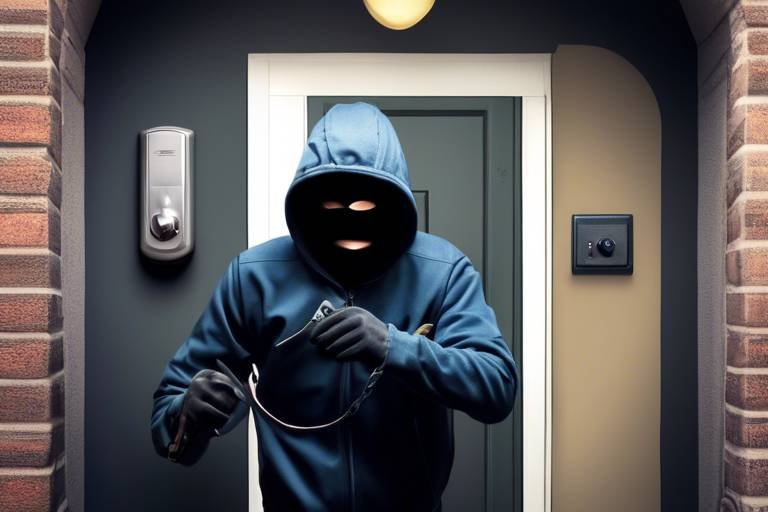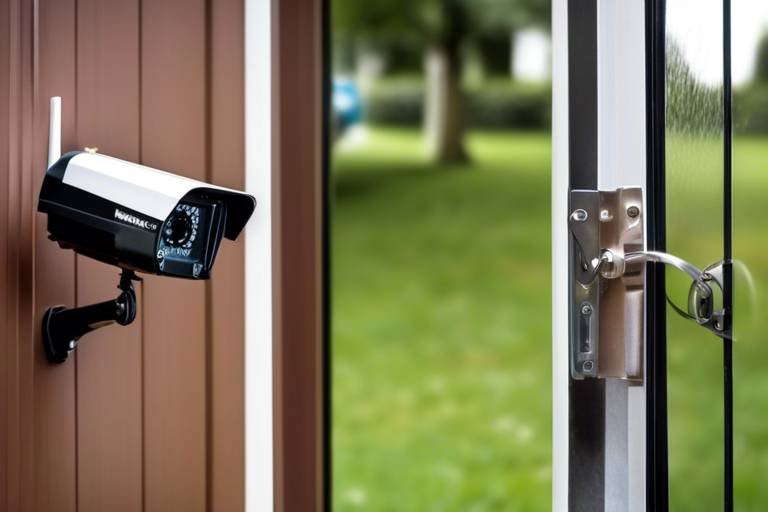Pest Control in Homes - Health and Safety Implications
Pest control in homes is not just about keeping your living space looking tidy; it’s a matter of health and safety. When we think about pests, we often picture creepy crawlies or furry rodents scuttling across the floor. But the reality is that these uninvited guests can pose serious risks to our well-being and the integrity of our homes. Understanding the implications of pest infestations is crucial for every homeowner. After all, who wants to share their sanctuary with unwelcome intruders that can compromise their health?
In this article, we’ll dive deep into the world of household pests, exploring the potential health risks they bring, the effective strategies to keep them at bay, and the safe methods for dealing with infestations. Think of it as your ultimate guide to creating a pest-free environment that not only looks good but also feels safe. So, let’s roll up our sleeves and get into the nitty-gritty of pest control!
To effectively manage pests, we first need to know who we’re dealing with. Common household pests include rodents, insects, and termites. Each of these pests has unique behaviors and characteristics that can impact our homes in different ways. For instance, rodents are notorious for gnawing on wires and insulation, potentially leading to fire hazards. Insects, on the other hand, can damage furniture and cause allergic reactions. And let’s not forget about termites, which can silently eat away at the structure of your home, causing thousands of dollars in damage before you even realize they’re there.
Recognizing these pests and understanding their habits is essential for prevention. For example, did you know that mice can squeeze through holes as small as a dime? Or that cockroaches can survive without food for a month? By learning about these pests, you can take proactive measures to keep them out of your home.
Now, let’s talk about the health risks associated with these pesky invaders. Pests can be more than just a nuisance; they can transmit diseases and trigger allergies. For example, did you know that rodents can carry over 35 different diseases? From hantavirus to salmonella, the potential health threats are significant. Insects like cockroaches and dust mites can exacerbate asthma and allergies, making life uncomfortable for many people.
Rodents are not just cute little creatures; they are notorious carriers of diseases that can affect humans. Some of the most common diseases transmitted by rodents include:
- Hantavirus Pulmonary Syndrome: A severe respiratory disease that can be fatal.
- Leptospirosis: A bacterial infection that can lead to liver damage and meningitis.
- Salmonella: Often contracted through contaminated food or surfaces.
Controlling rodent populations in your home is crucial for maintaining a healthy living environment. The longer they stay, the greater the risk of disease transmission.
So, how can you keep these furry intruders at bay? Here are some practical measures:
- Seal any cracks and holes in your home’s exterior.
- Store food in airtight containers.
- Keep your kitchen clean and free of crumbs.
By taking these steps, you can significantly reduce the likelihood of a rodent infestation.
Recognizing the early signs of rodent problems can save you a lot of trouble down the line. Look out for:
- Droppings near food sources.
- Gnaw marks on furniture or walls.
- Strange noises at night.
If you notice any of these signs, it’s time to take action!
Insects can also pose a significant health risk. Certain pests, such as bed bugs and cockroaches, can trigger allergic reactions and asthma attacks. The allergens they leave behind can linger in your home, affecting your air quality and overall health. It’s essential to understand how these pests contribute to indoor allergens and to implement effective strategies for mitigating these risks.
When it comes to pest control, safety should always be a top priority. Choosing safe and effective methods is vital for protecting your health and the environment. There are various pest control options available, with an emphasis on eco-friendly and non-toxic solutions that can be just as effective as traditional methods.
One of the most effective approaches to pest control is Integrated Pest Management (IPM). This holistic strategy focuses on understanding pest behavior and using a combination of methods to manage them while minimizing risks. IPM principles include:
- Monitoring pest populations.
- Using physical barriers and traps.
- Implementing biological controls, such as introducing natural predators.
By adopting IPM, you can create a balanced approach to pest management that is both effective and safe.
If you prefer a more hands-on approach, there are numerous natural remedies that can help keep pests at bay. From essential oils to homemade traps, these solutions can be both effective and safe for your family. For instance, using peppermint oil can deter mice, while diatomaceous earth can effectively eliminate ants and cockroaches.
Sometimes, despite our best efforts, infestations can become overwhelming. In such cases, it may be necessary to call in professional pest control services. These experts can assess your situation and provide targeted solutions to eliminate pests effectively. When choosing a reputable provider, consider factors such as experience, customer reviews, and eco-friendly practices.
Q: How can I tell if I have a pest problem?
A: Look for signs like droppings, gnaw marks, or strange noises. If you notice any of these, it’s time to investigate further.
Q: Are natural pest control methods effective?
A: Yes! Many natural remedies can be very effective, especially when combined with preventive measures.
Q: How often should I have my home inspected for pests?
A: It’s a good idea to have your home inspected at least once a year to catch any potential infestations early.
Q: What should I do if I find a pest in my home?
A: Try to identify the pest and take appropriate action, whether that’s using a natural remedy or calling a professional.
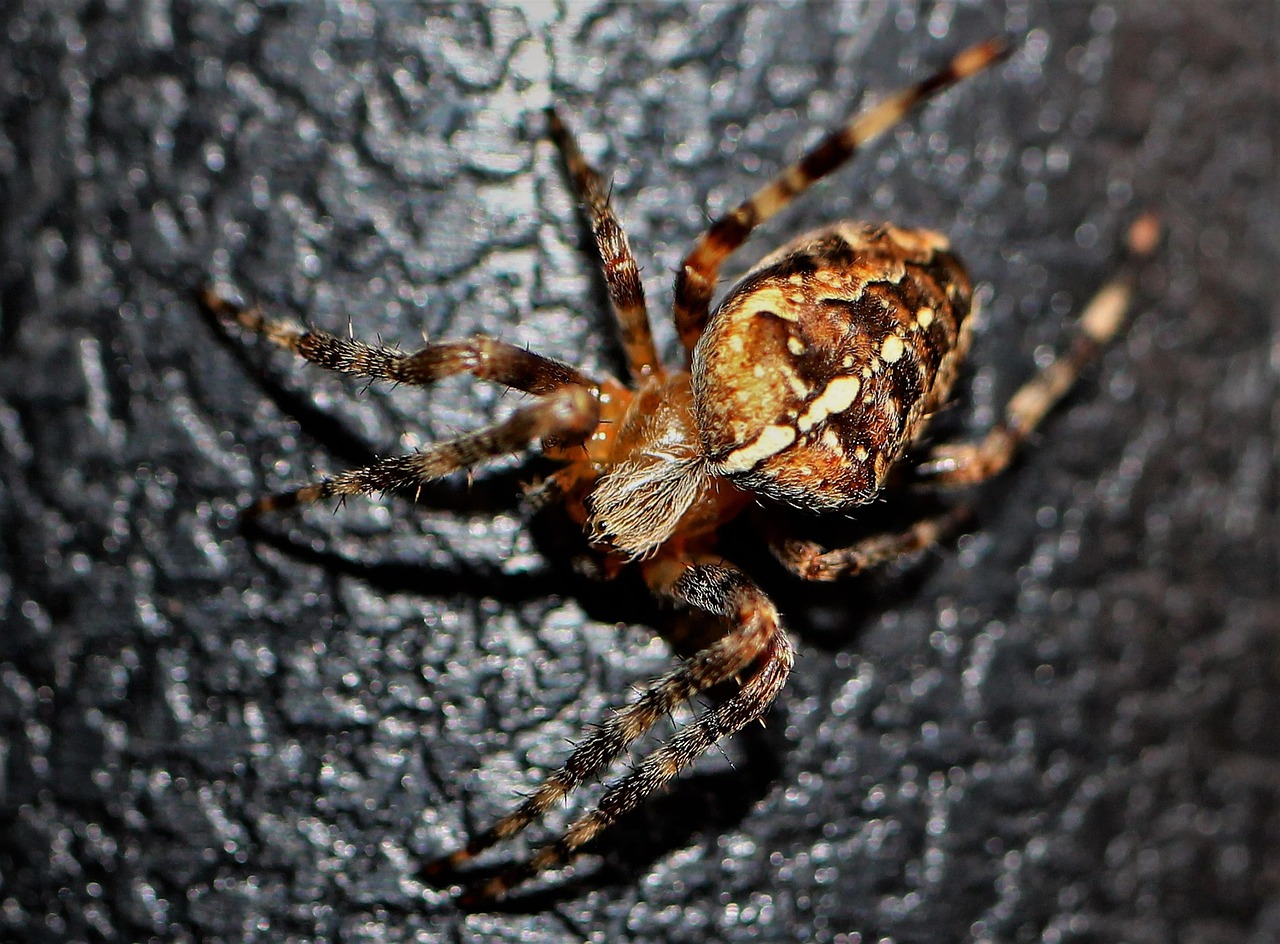
Understanding Common Household Pests
When it comes to our homes, few things can be as unsettling as the thought of pests invading our personal space. is the first step in maintaining a safe and healthy living environment. From rodents scurrying through the walls to insects buzzing around our kitchens, these unwelcome guests can wreak havoc if not addressed promptly. Each type of pest has its own behaviors and characteristics, and knowing what to look for can make all the difference.
Let's take a closer look at some of the most common household pests:
- Rodents: Mice and rats are notorious for their ability to reproduce quickly and invade homes, often seeking food and shelter. They tend to thrive in cluttered areas and can easily squeeze through small openings.
- Termites: These wood-destroying insects are silent but deadly. They feast on the wooden structures of your home, leading to significant damage if left unchecked.
- Ants: Ants are social insects that can invade kitchens and pantries in search of food. Their colonies can grow rapidly, making them a persistent nuisance.
- Bed Bugs: These tiny pests are experts at hiding and can be incredibly hard to eliminate. They feed on human blood and can cause itchy bites and sleepless nights.
- Roaches: Cockroaches are not just creepy; they can also carry diseases. They thrive in warm, humid environments and are often found in kitchens and bathrooms.
Each of these pests poses its own unique challenges. For instance, rodents can chew through wires and insulation, causing electrical hazards and structural damage. Meanwhile, termites can silently undermine your home’s foundation, leading to costly repairs down the line. Understanding their behaviors—like where they nest, what attracts them, and how they reproduce—is crucial for effective pest management.
Moreover, household pests are not just a nuisance; they can also pose serious health risks. For example, rodents can carry diseases such as hantavirus and leptospirosis, while insects like cockroaches can trigger asthma and allergies in sensitive individuals. Therefore, identifying these pests and understanding their potential impact is essential for safeguarding the health of your household.
In summary, being aware of the common household pests and their behaviors is vital for any homeowner. It empowers you to take proactive measures to prevent infestations and protect your living space. Whether it's sealing entry points, maintaining cleanliness, or seeking professional help, a little knowledge goes a long way in keeping your home pest-free.
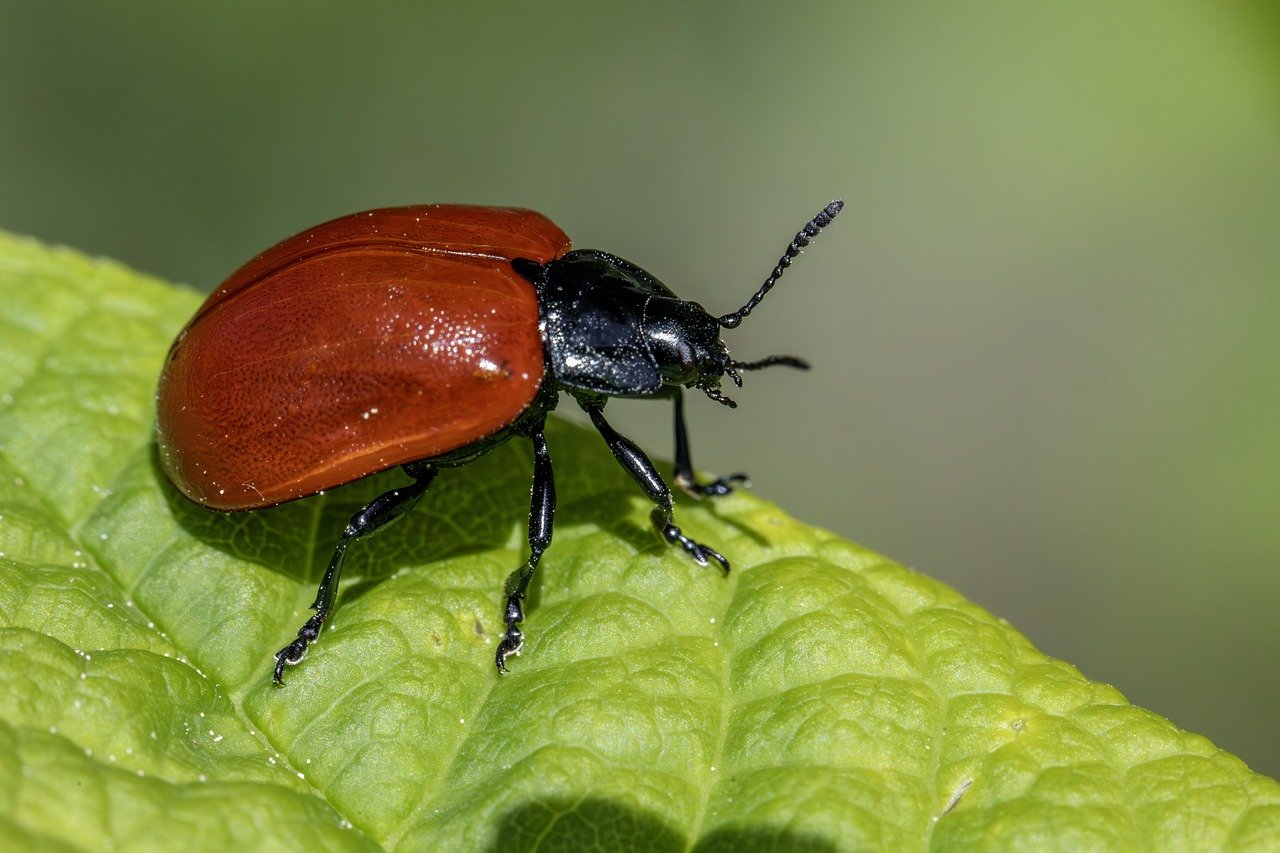
Health Risks Associated with Pests
Pests are more than just an annoying presence in our homes; they can pose serious health risks that often go unnoticed until it's too late. The impact of pests like rodents and insects can be profound, affecting not just our physical health but also our emotional well-being. Imagine waking up to find droppings or hearing scratching noises at night—these are not just inconveniences; they are signs of potential health hazards lurking in your living space.
One of the most significant health concerns associated with pests is the transmission of diseases. Many common household pests, such as rodents and insects, can carry pathogens that lead to serious illnesses. For instance, rodents are notorious for spreading diseases such as hantavirus, leptospirosis, and salmonella. These diseases can be transmitted through direct contact with rodent droppings, urine, or saliva, or indirectly through contaminated surfaces. The risk escalates in homes with children or elderly residents, as they are often more susceptible to the severe effects of these diseases.
In addition to diseases, pests can also contribute to indoor allergens. Insects like cockroaches and dust mites can trigger allergic reactions and asthma attacks, particularly in sensitive individuals. The proteins found in their droppings, body parts, and saliva can become airborne and lead to respiratory issues. According to the American College of Allergy, Asthma & Immunology, exposure to cockroach allergens is a significant risk factor for asthma, especially in urban areas where these pests are prevalent.
To illustrate the health risks associated with common household pests, consider the following table:
| Pest | Health Risks | Transmission Method |
|---|---|---|
| Rodents | Hantavirus, Leptospirosis, Salmonella | Contact with droppings, urine, or saliva |
| Cockroaches | Allergic reactions, Asthma | Inhalation of allergens from droppings and body parts |
| Termites | Structural damage leading to injuries | Indirect (no direct health risks, but can cause accidents) |
It's crucial to recognize that the presence of pests in your home can lead to both immediate and long-term health implications. Beyond the diseases and allergens, the psychological toll of knowing that your home is infested can lead to stress and anxiety. The feeling of being unsafe in your own environment is not something to be taken lightly. So, how can homeowners protect themselves and their families from these health risks?
First and foremost, regular inspections and maintenance are key. Keeping your home clean and clutter-free can significantly reduce the likelihood of pest infestations. Seal any cracks or openings in your home’s foundation and walls to prevent pests from gaining entry. Furthermore, being aware of the signs of pest activity—such as droppings, nests, or unusual noises—can help catch problems before they escalate.
In conclusion, understanding the health risks associated with pests is the first step in safeguarding your home. By staying informed and taking proactive measures, you can create a healthier living environment for yourself and your loved ones. Remember, a pest-free home is not just about comfort; it's about health and safety.
- What are the most common pests found in homes? Common household pests include rodents, cockroaches, termites, and ants.
- How can I tell if I have a pest problem? Look for signs like droppings, nests, or unusual noises, and be alert to any unexplained health issues.
- What are some effective pest control methods? Integrated Pest Management (IPM) and natural pest control solutions are effective and safe methods for managing pests.
- When should I consider hiring a professional pest control service? If you notice a severe infestation or if DIY methods are ineffective, it may be time to consult a professional.
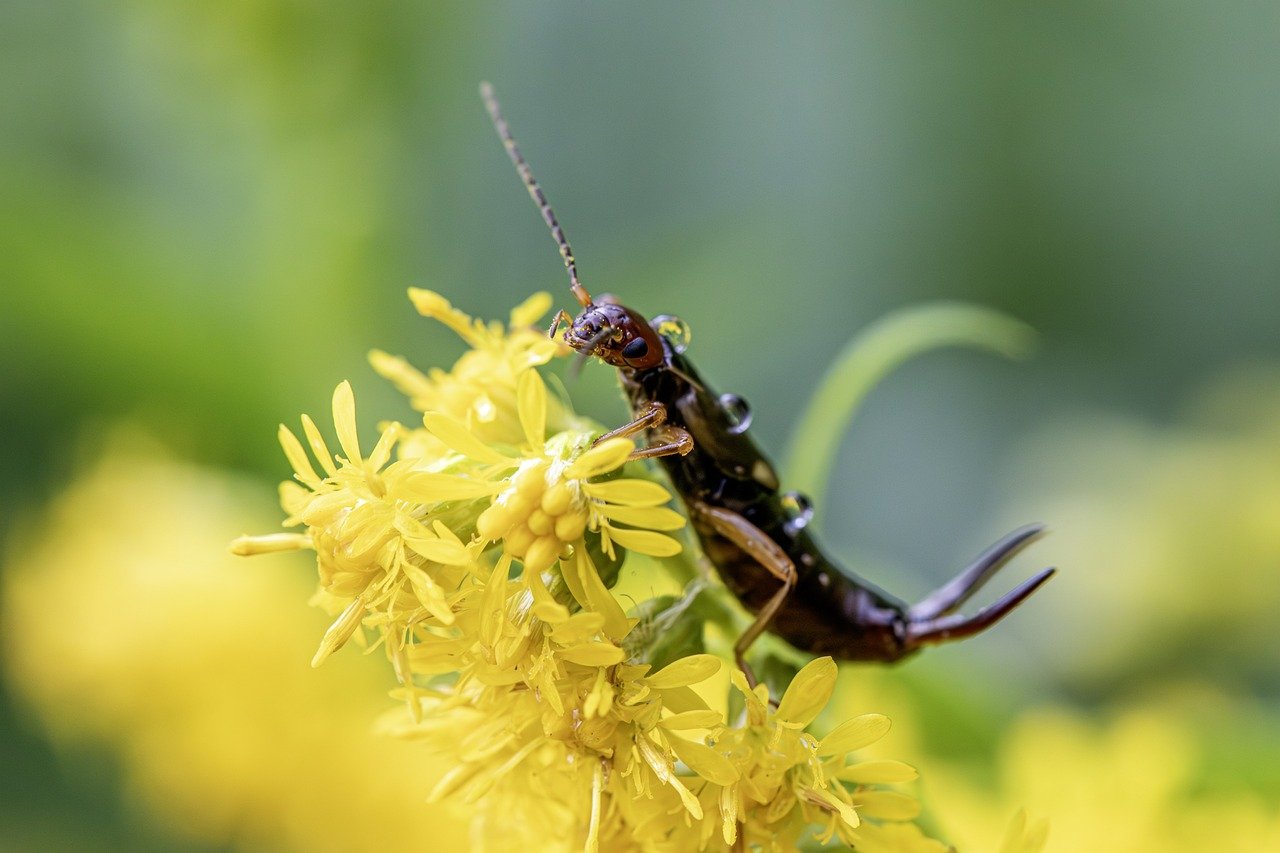
Rodents and Disease Transmission
Rodents, often seen scurrying through our homes, are not just a nuisance; they are notorious carriers of various diseases that can significantly impact human health. These furry intruders can transmit pathogens through their droppings, urine, and saliva, making them a serious concern for homeowners. The mere presence of rodents can lead to health risks that might surprise you. For instance, did you know that a single mouse can produce up to 75 droppings in just one day? That’s a lot of potential disease transmission lurking in your home!
Common diseases associated with rodents include Hantavirus Pulmonary Syndrome, Leptospirosis, and Salmonella. Hantavirus, for example, is primarily transmitted through inhalation of dust contaminated with rodent droppings. Symptoms can range from mild flu-like signs to severe respiratory distress, making it a serious health concern. Leptospirosis, on the other hand, is often contracted through contact with water contaminated by infected rodent urine, leading to symptoms that can be mistaken for other illnesses. The potential for these diseases to spread is alarming, especially in homes with children or elderly residents who might be more susceptible to severe health issues.
Moreover, rodents can also exacerbate allergies and asthma. Their urine, droppings, and even fur can trigger allergic reactions in sensitive individuals, which is another layer of concern for families. The impact of rodent infestations goes beyond just the visible signs; it can lead to long-term health implications if not addressed promptly. Therefore, understanding the risks associated with these pests is crucial for maintaining a healthy home environment.
To illustrate the various diseases linked to rodents, here’s a brief overview:
| Disease | Transmission | Symptoms |
|---|---|---|
| Hantavirus Pulmonary Syndrome | Inhalation of contaminated dust | Fever, muscle aches, respiratory distress |
| Leptospirosis | Contact with contaminated water | Fever, headache, muscle pain |
| Salmonella | Ingestion of contaminated food/water | Diarrhea, fever, abdominal cramps |
In conclusion, the presence of rodents in our homes can lead to serious health risks that require immediate attention. Understanding how these pests transmit diseases is the first step in safeguarding your home and your family's health. By implementing effective control measures and being vigilant about signs of rodent activity, you can significantly reduce the risk of disease transmission and create a safer living environment.
- What diseases can rodents transmit? Rodents can transmit diseases such as Hantavirus, Leptospirosis, and Salmonella.
- How can I tell if I have a rodent problem? Look for signs like droppings, gnaw marks, or nests in hidden areas.
- What are some effective ways to prevent rodent infestations? Seal entry points, keep food stored securely, and maintain cleanliness to deter rodents.
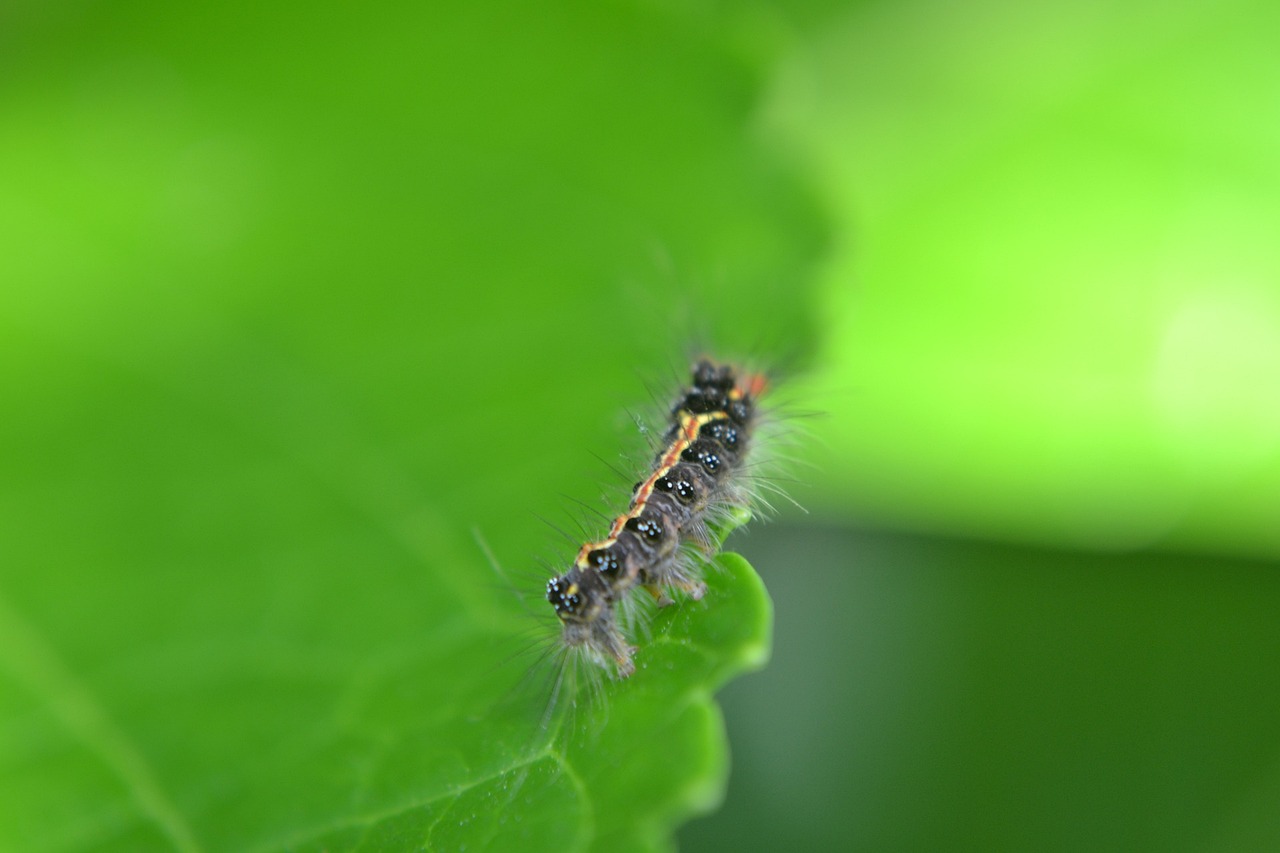
Preventing Rodent Infestations
Preventing rodent infestations is not just about keeping your home clean; it requires a proactive approach that encompasses several strategies. First and foremost, consider the entry points into your home. Rodents are experts at finding their way inside through the smallest of openings. A gap as tiny as a quarter can be an invitation for a mouse to waltz right into your living room. Therefore, it’s crucial to inspect your home thoroughly and seal any cracks or holes in walls, around windows, and doors. Using materials like steel wool or caulk can be effective in blocking these potential entryways.
Next, let’s talk about your surroundings. The exterior of your home plays a significant role in rodent prevention. Keep your yard tidy by regularly trimming shrubs and trees, as overgrown vegetation can provide shelter for rodents. Additionally, ensure that garbage bins are tightly sealed and stored away from your home. Food sources attract rodents like a magnet, so keeping your outdoor area clean is essential. In fact, consider implementing the following practices:
- Store food properly: Use airtight containers for pet food and human food alike.
- Manage compost piles: If you have a compost bin, ensure it’s rodent-proof.
- Clean up spills and crumbs: Regularly sweep and vacuum to eliminate food particles.
Moreover, consider the importance of habitat modification. Rodents love clutter and dark spaces, so decluttering your home can significantly reduce their hiding spots. It’s advisable to store items in sealed plastic bins rather than cardboard boxes, which can be easily chewed through. Ensure that your garage, attic, and basement are organized and free from unnecessary debris.
Another effective strategy is to introduce natural deterrents. Certain scents, such as peppermint oil, are known to repel rodents. So, why not soak cotton balls in peppermint oil and place them in areas where you suspect rodent activity? It’s a simple yet effective way to keep those pesky critters at bay without resorting to harmful chemicals.
Lastly, regular monitoring is key. Conduct routine inspections of your home, especially in areas prone to rodent activity. Look for signs such as droppings, gnaw marks, and nests. Early detection can save you from a full-blown infestation and the stress that comes with it. In summary, preventing rodent infestations requires a combination of sealing entry points, maintaining cleanliness, modifying habitats, using natural deterrents, and staying vigilant. By implementing these strategies, you can create a less inviting environment for rodents and keep your home safe and sound.
Q1: What are the most common signs of a rodent infestation?
A1: Common signs include droppings, gnaw marks, nests made of shredded materials, and tracks or trails in dusty areas.
Q2: How can I tell if my home is at risk for rodents?
A2: Look for potential entry points, food sources, and cluttered areas that can provide hiding spots for rodents.
Q3: Are natural deterrents effective in preventing rodent infestations?
A3: Yes, natural deterrents like peppermint oil can be effective in repelling rodents when used properly.
Q4: Should I hire a professional pest control service for rodent problems?
A4: If you notice signs of a significant infestation, it’s advisable to consult a professional to handle the situation safely and effectively.
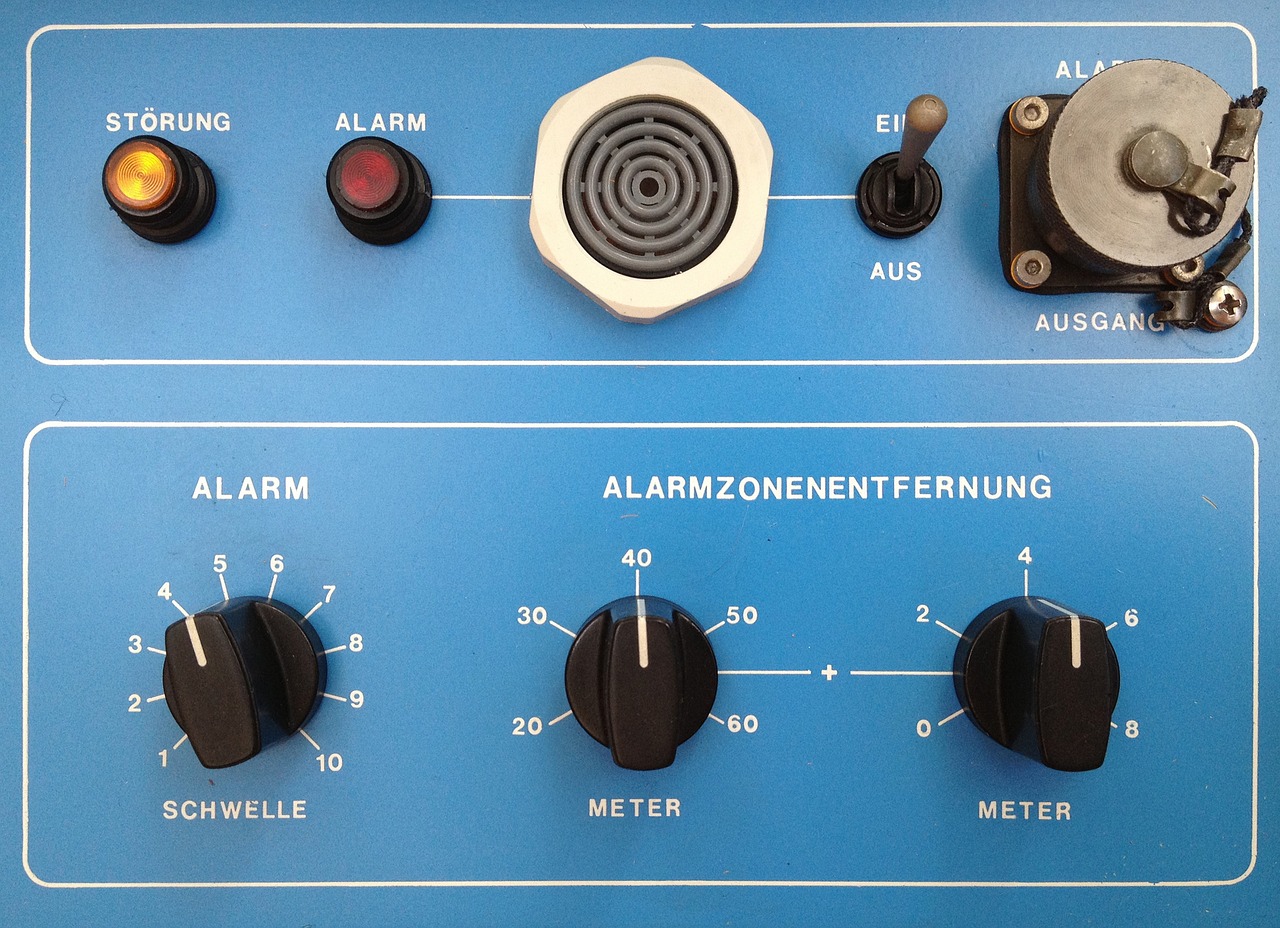
Signs of Rodent Problems
When it comes to keeping your home safe and sound, being aware of the is crucial. These little critters can sneak in and make themselves at home without you even realizing it. So, how can you tell if you have a rodent issue? First off, keep an eye out for droppings. Rodent droppings are often small, dark, and pellet-shaped, and you might find them in places like the kitchen, pantry, or along walls. If you spot these tiny signs, it’s time to take action!
Another telltale sign is gnaw marks. Rodents have a constant need to gnaw to keep their teeth from growing too long. Look for bite marks on food packaging, furniture, or even electrical wires. Yes, you read that right—those little nibblers can be a fire hazard if they chew through wiring!
But wait, there’s more! Have you noticed any strange noises at night? Rodents are nocturnal, meaning they’re most active when you’re trying to catch some Z’s. Scratching, squeaking, or scurrying sounds in the walls or ceilings can indicate that you have unwelcome guests. If your home is starting to sound like a horror movie, it’s time to investigate.
Additionally, look for nesting materials. Rodents love to create cozy little nests using items like shredded paper, fabric, or even insulation. If you find these materials tucked away in corners or behind appliances, it’s a big red flag that rodents are nearby.
Finally, if you notice a sudden increase in food spoilage, it might not just be bad luck. Rodents are notorious for contaminating food, and if they’ve gotten into your pantry, you might find your snacks mysteriously disappearing or being spoiled. Always check for signs of rodent activity before you blame the grocery store!
In summary, being vigilant about these signs can save you from a major headache down the line. If you suspect a rodent infestation, don’t hesitate to take action. The earlier you catch it, the easier it will be to manage. Remember, a pest-free home is a happy home!
Q: What should I do if I find signs of rodents in my home?
A: If you discover signs of rodents, it’s best to take immediate action. Seal any entry points, clean up droppings carefully, and consider contacting a pest control professional for assistance.
Q: Are all rodents dangerous?
A: While not all rodents pose a direct threat, many can carry diseases and cause damage to your home. It’s essential to address any rodent issue promptly to protect your health and property.
Q: How can I prevent rodents from entering my home?
A: To prevent rodents, ensure that all food is stored in airtight containers, seal cracks and holes in your home’s exterior, and keep your living spaces clean and clutter-free.
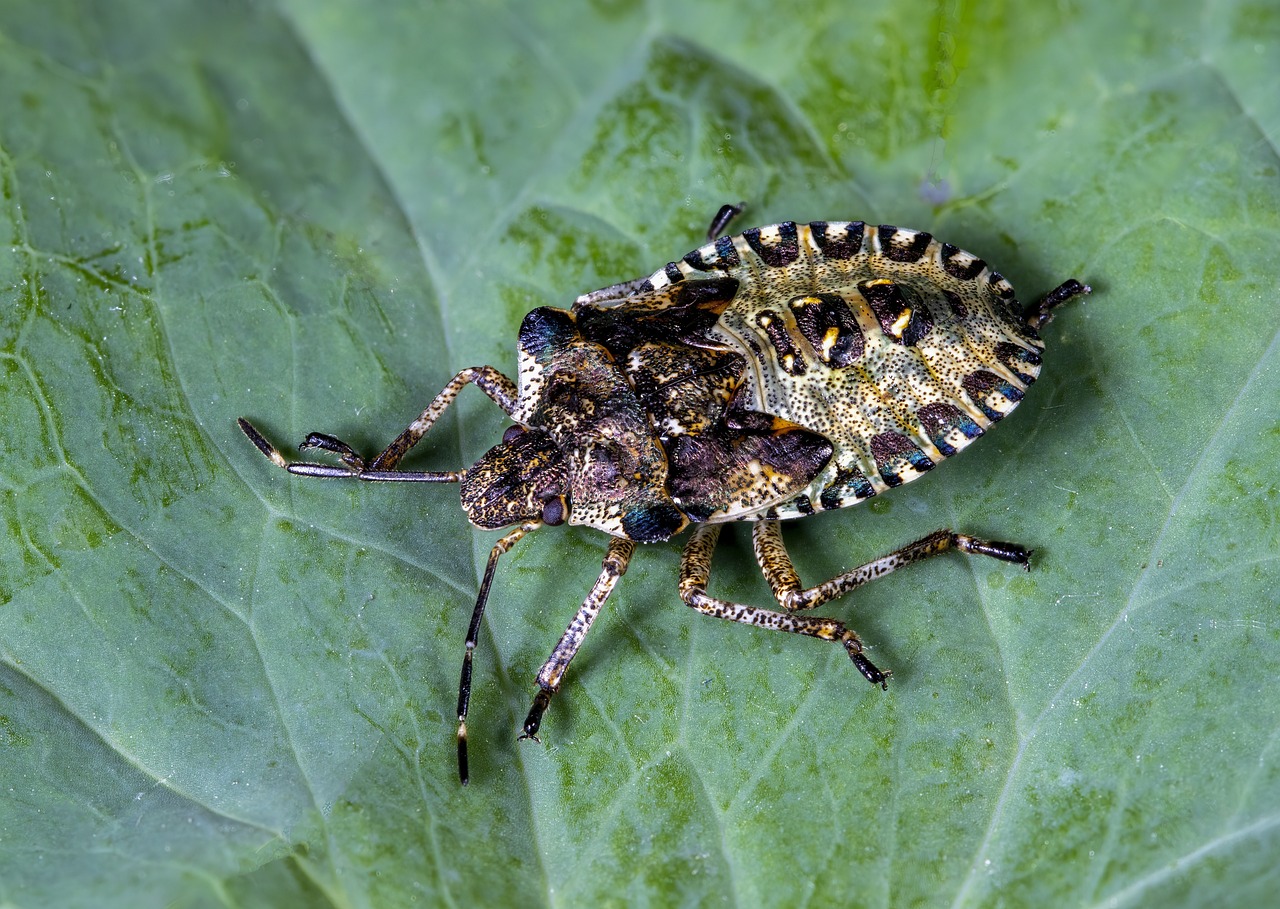
Insects and Allergens
When it comes to household pests, insects are often the silent invaders that can wreak havoc not only on our homes but also on our health. Many people underestimate the impact these tiny creatures can have, but the truth is, they can trigger a host of allergic reactions and exacerbate respiratory issues like asthma. Imagine walking into your home, expecting a sanctuary, only to find that it’s a breeding ground for allergens! It’s a nightmare scenario, but one that can be easily addressed with the right knowledge.
Common household insects such as cockroaches, dust mites, and ants can contribute significantly to indoor allergens. For instance, cockroach droppings and saliva contain proteins that can trigger allergic reactions in sensitive individuals. Dust mites, on the other hand, thrive in warm, humid environments and feed on dead skin cells, making them a common household pest that many people don’t even realize they have. These microscopic creatures can be found in bedding, carpets, and upholstered furniture, creating a perfect storm for allergies and asthma attacks.
Here are some of the most notorious insects that can contribute to indoor allergens:
- Cockroaches: Their droppings can cause allergic reactions and worsen asthma.
- Dust Mites: These tiny bugs thrive in bedding and upholstery, feeding on human skin and producing allergens.
- Ants: While not as directly harmful, their presence can indicate other pest issues that may lead to allergen production.
Understanding the connection between insects and allergens is crucial for maintaining a healthy home environment. For instance, if you notice an uptick in sneezing, coughing, or itchy eyes, it might be time to investigate potential pest problems. The first step in combating these allergens is to keep your home clean and dry, as most pests thrive in dirty, damp conditions. Regular vacuuming, washing bedding in hot water, and using dehumidifiers can significantly reduce the likelihood of insect infestations and the allergens they bring.
Moreover, sealing cracks and crevices in your home can help prevent insects from entering. This simple act could be the difference between a pest-free haven and a home plagued by allergens. If you suspect that your home is already infested, it’s essential to take action promptly. Ignoring the problem can lead to a larger infestation, making it harder to control and increasing the health risks associated with these pests.
In conclusion, insects may be small, but their impact on health can be substantial. By being proactive and understanding the relationship between insects and allergens, homeowners can create a safer, healthier living space. Remember, an ounce of prevention is worth a pound of cure, so take the necessary steps to keep your home free from these unwanted guests!
- What are some common signs of insect infestations? Look for droppings, shed skins, and unusual odors as key indicators of pests.
- How can I naturally reduce allergens in my home? Regular cleaning, using air purifiers, and maintaining low humidity can help.
- When should I consider professional pest control? If you notice a significant infestation or if allergies worsen, it may be time to call in the experts.
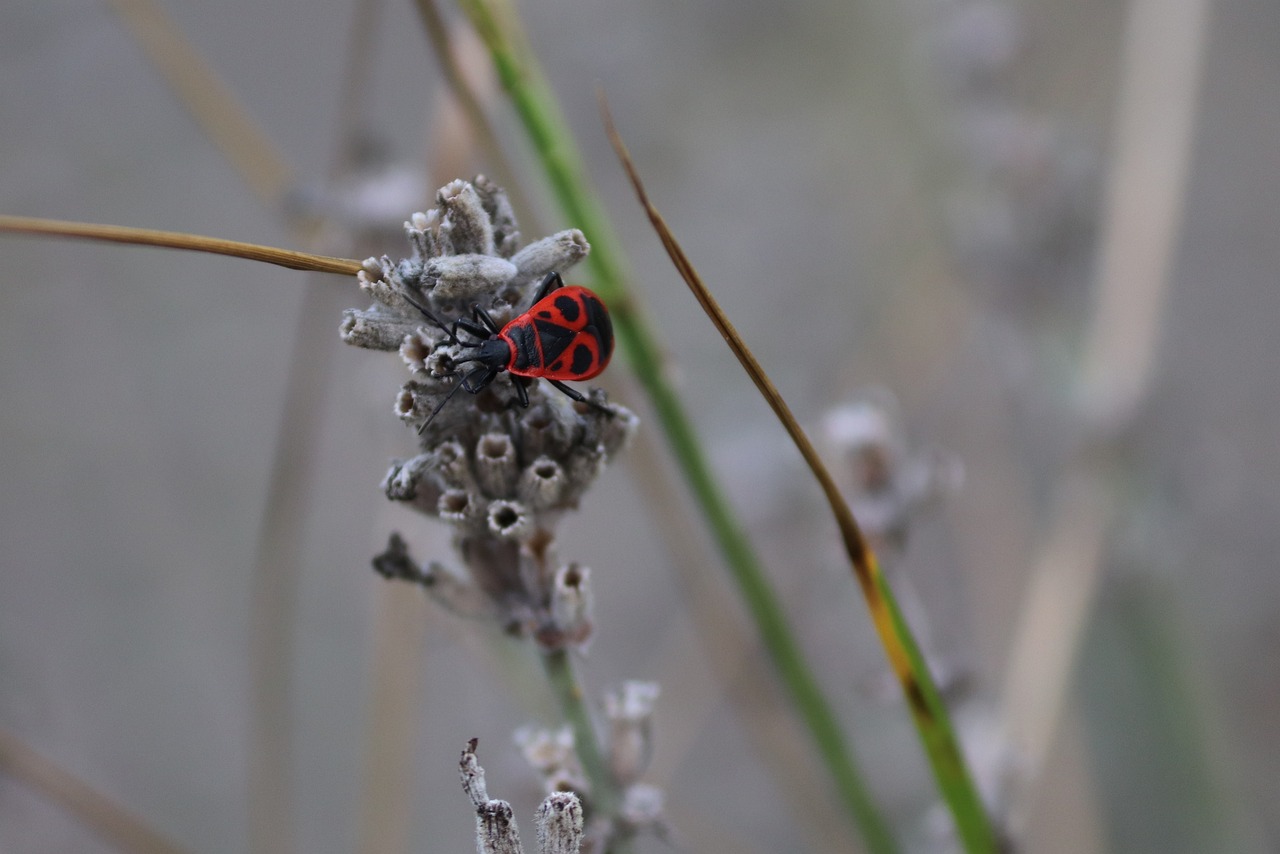
Safe Pest Control Methods
When it comes to keeping your home free from unwanted guests, choosing is paramount. After all, the last thing you want is to compromise your family's health while trying to eliminate pests. Fortunately, there are numerous strategies available that not only target pests effectively but also prioritize safety for both humans and pets.
One of the most effective approaches is the use of Integrated Pest Management (IPM). This holistic strategy focuses on understanding the lifecycle and behavior of pests, allowing for targeted interventions. By combining various methods such as biological control, habitat manipulation, and the judicious use of pesticides, IPM minimizes risks while effectively managing pest populations. It’s like a well-orchestrated symphony where each instrument plays its part to create harmony, ensuring your home remains pest-free without harsh chemicals.
Another avenue worth exploring is the realm of natural pest control solutions. Many homeowners are turning to home remedies and organic solutions that can be just as effective as chemical treatments. For instance, a simple mixture of vinegar and water can deter ants, while essential oils like peppermint or tea tree oil can repel spiders. These natural alternatives not only keep pests at bay but also leave your home smelling fresh and inviting. Here’s a quick look at some popular natural pest control solutions:
| Common Pest | Natural Solution |
|---|---|
| Ants | Vinegar and water mixture |
| Spiders | Peppermint oil spray |
| Fruit flies | Apple cider vinegar trap |
| Roaches | Boric acid and sugar bait |
However, while these methods are effective, they may not always be sufficient, especially in the face of severe infestations. In such cases, seeking the help of professional pest control services is often the best course of action. Reputable pest control companies utilize advanced techniques and products that are not only effective but also safe for your family and the environment. When choosing a provider, look for those who emphasize eco-friendly practices and have a solid track record of success. It’s like hiring a skilled chef to prepare a gourmet meal – you want someone who knows what they’re doing and can deliver results without compromising quality.
In conclusion, maintaining a pest-free home doesn’t have to come at the expense of your health or safety. By employing safe pest control methods such as Integrated Pest Management and natural solutions, you can effectively manage pests while ensuring your living space remains a sanctuary. Remember, the key is to stay informed and proactive in your pest control efforts. After all, prevention is always better than cure!
- What is Integrated Pest Management (IPM)?
IPM is a comprehensive approach to pest control that combines various methods to manage pest populations while minimizing risks to human health and the environment. - Are natural pest control solutions effective?
Yes, many natural solutions can effectively deter pests, but their effectiveness may vary depending on the severity of the infestation. - When should I consider professional pest control services?
If you are facing a severe infestation that you cannot manage on your own, it’s advisable to seek professional help to ensure effective elimination. - Are professional pest control methods safe for pets and children?
Many reputable pest control companies prioritize the use of eco-friendly and non-toxic products, making them safe for homes with pets and children.

Integrated Pest Management (IPM)
Integrated Pest Management, commonly known as IPM, is a comprehensive approach to pest control that emphasizes the use of environmentally friendly and sustainable practices. Rather than relying solely on chemical treatments, IPM combines various strategies to manage pest populations effectively while minimizing risks to human health and the environment. Think of IPM as a symphony, where different instruments—like biological control, habitat manipulation, and cultural practices—come together to create a harmonious balance that keeps pests at bay.
At its core, IPM is about understanding the life cycles and behaviors of pests to make informed decisions about management. This approach involves several key components:
- Monitoring: Regularly inspecting your home for signs of pests helps identify problems early. This proactive step is crucial for effective pest management.
- Identification: Knowing what type of pest you're dealing with is essential. Different pests require different management strategies, so accurate identification is the first step in the IPM process.
- Prevention: Implementing measures to prevent pests from entering your home is a cornerstone of IPM. This can include sealing entry points, maintaining cleanliness, and managing landscaping to reduce pest habitats.
- Control: When pests are detected, IPM employs a combination of methods, including biological controls (like introducing natural predators), mechanical controls (such as traps), and, when necessary, targeted chemical treatments that are less harmful to non-target organisms.
One of the standout features of IPM is its adaptability. Homeowners can tailor their pest management strategies based on specific pest challenges, their home environment, and personal preferences. For example, if you're dealing with a recurring ant problem, you might start by monitoring their activity, identifying the species, and then implementing preventive measures like sealing food sources and entry points. If the problem persists, you might consider introducing natural predators or using eco-friendly insecticides as a last resort.
Moreover, IPM promotes the use of education and community involvement. By staying informed about pest management practices and sharing knowledge with neighbors, communities can collectively reduce pest populations. This communal approach not only enhances effectiveness but also fosters a sense of responsibility toward maintaining a healthy living environment.
In summary, Integrated Pest Management is not just about eliminating pests; it's about creating a sustainable ecosystem in your home. By understanding the dynamics of pest behavior and employing a variety of management strategies, you can achieve a pest-free environment while also protecting your family's health and the planet. It's like being a gardener who nurtures their plants while keeping the weeds in check—balancing care with control.
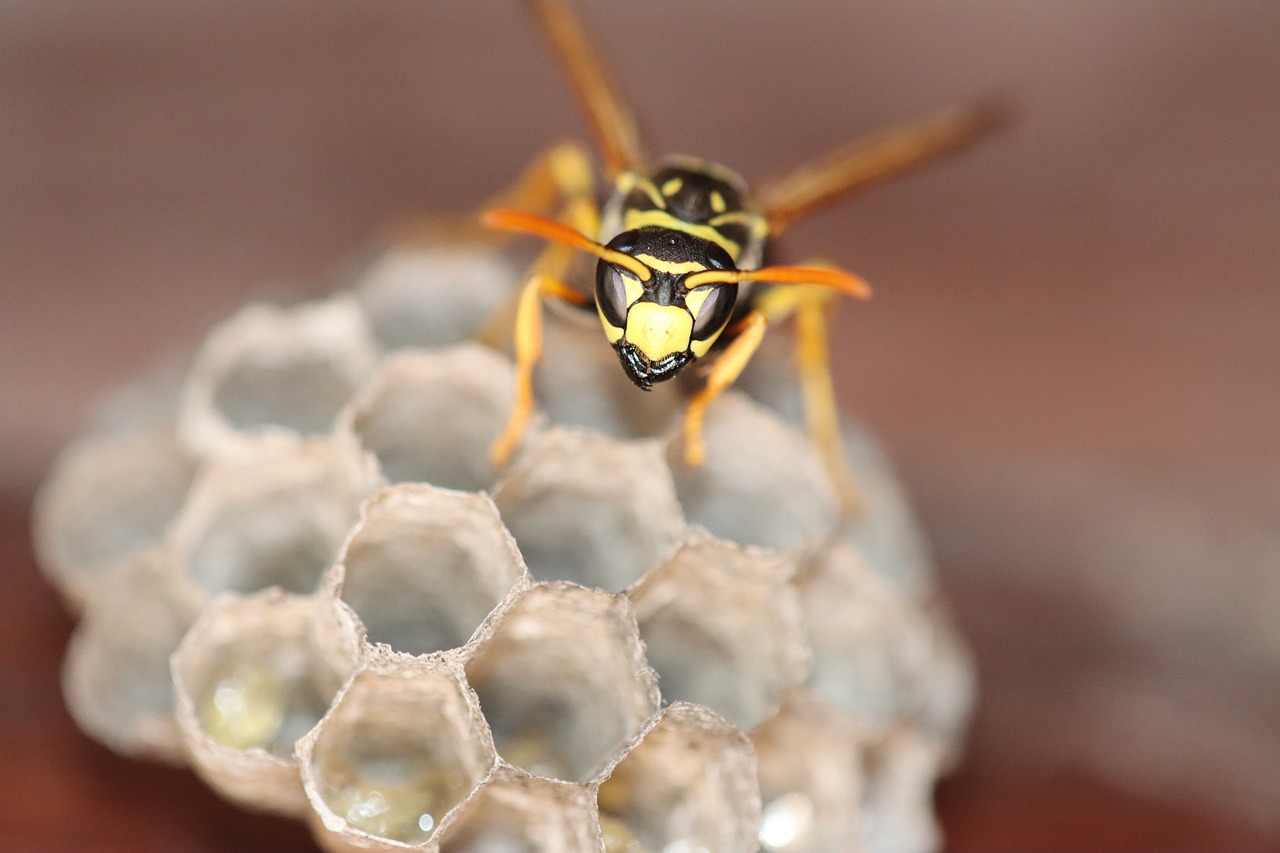
Natural Pest Control Solutions
When it comes to keeping your home free from pesky intruders, can be a game-changer. Imagine a world where you can tackle infestations without the harsh chemicals that often accompany traditional methods. By opting for eco-friendly approaches, not only do you protect your family and pets, but you also contribute to a healthier environment. So, what are some of these natural remedies that can help you reclaim your space?
One of the most effective natural pest control strategies is the use of essential oils. Oils such as peppermint, lavender, and tea tree have been shown to repel various insects. For instance, peppermint oil is notorious for keeping spiders and ants at bay. Simply mix a few drops with water in a spray bottle and spritz around entry points and common areas. Not only will your home smell delightful, but you'll also create an unwelcoming environment for those unwanted guests.
Another potent natural solution is diatomaceous earth (DE). This fine powder, made from fossilized algae, is effective against a variety of pests, particularly insects with exoskeletons like cockroaches and bed bugs. When sprinkled in areas where pests frequent, DE works by dehydrating them, ultimately leading to their demise. It’s safe for humans and pets, making it an ideal choice for households concerned about chemical exposure.
Furthermore, introducing natural predators into your garden can significantly reduce pest populations. For example, ladybugs are fantastic for controlling aphids, while parasitic wasps can help manage caterpillar populations. By fostering a balanced ecosystem, you can effectively minimize pest issues without resorting to chemicals.
It’s also essential to maintain a clean environment to deter pests. Regularly sweeping, vacuuming, and removing food debris can go a long way. You might be surprised at how a tidy home can discourage pests from making themselves comfortable. Moreover, sealing cracks and gaps in your home can prevent pests from entering in the first place.
In conclusion, adopting natural pest control solutions not only empowers you to take charge of your home but also aligns with a sustainable lifestyle. By utilizing essential oils, diatomaceous earth, natural predators, and good hygiene practices, you can create a pest-free haven without the side effects of harsh chemicals. So why wait? Start implementing these strategies today, and enjoy a healthier, happier home!
- What are the benefits of using natural pest control methods? Natural methods are safer for your family and pets, environmentally friendly, and often more sustainable in the long run.
- Can I use essential oils around pets? Yes, many essential oils are safe for pets when used properly. However, it’s always best to consult with a veterinarian before introducing new substances into your home.
- How long does diatomaceous earth take to work? DE can take a few days to a week to effectively reduce pest populations, as it needs time to come into contact with the pests.
- Are natural pest control solutions effective? Yes, when used correctly and consistently, natural solutions can be very effective in managing pest problems.
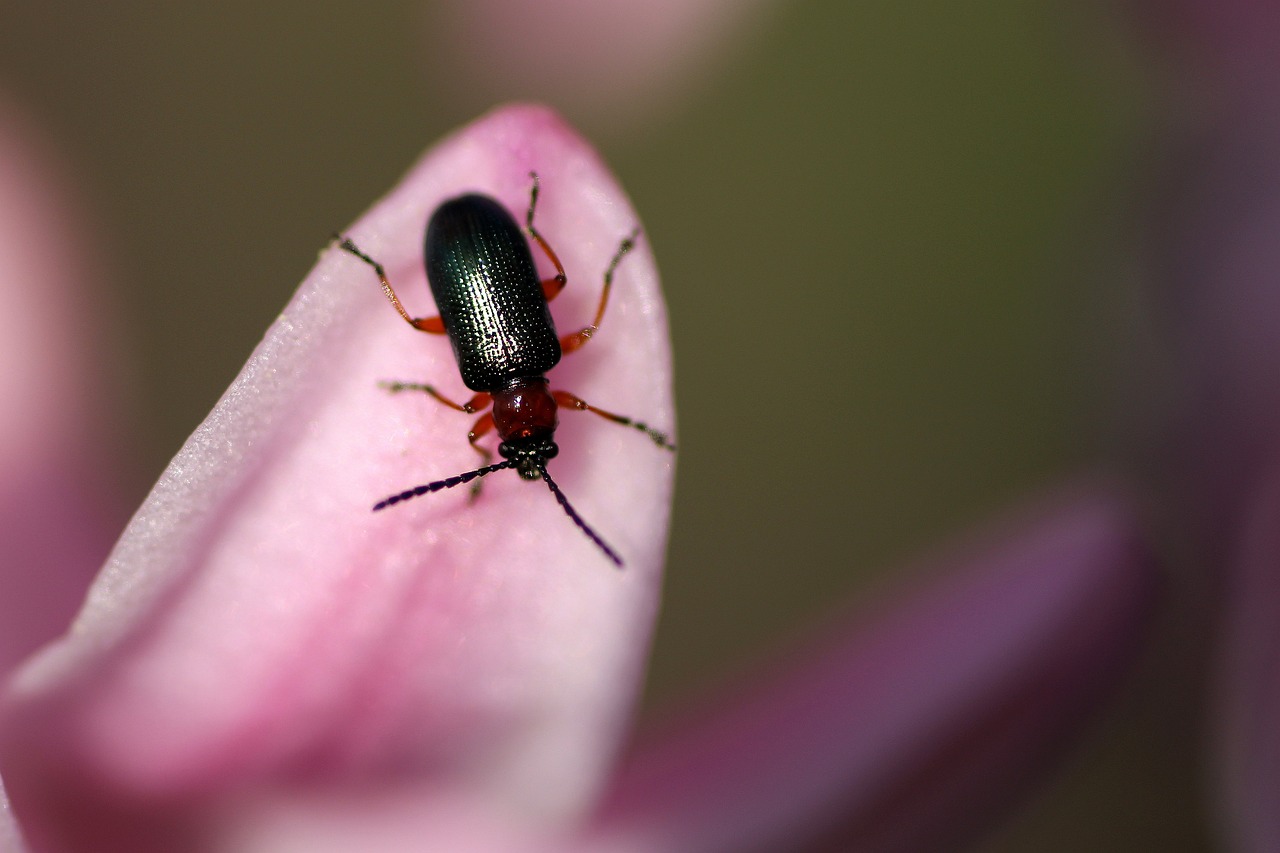
Professional Pest Control Services
When it comes to dealing with pest infestations, sometimes DIY methods just don’t cut it. That’s where come into play. These experts are equipped with the knowledge, tools, and experience to tackle even the most stubborn pest problems in your home. Imagine trying to fix a leaky roof with just a bucket and some tape; it might hold for a while, but eventually, you’ll need a professional to get the job done right. In the same way, when pests invade your space, calling in the pros might be the best option for ensuring your home remains a safe haven.
One of the primary advantages of hiring a professional pest control service is their ability to accurately identify the type of pest you’re dealing with. Not all pests are created equal, and different species require different approaches. For example, the methods used to eliminate termites, which can silently destroy the structure of your home, differ significantly from those used for common household ants. Professionals have the training to recognize these differences and apply the most effective treatments tailored to your specific situation.
Moreover, professional pest control services often utilize Integrated Pest Management (IPM) strategies, which focus not only on eliminating pests but also on preventing future infestations. This holistic approach involves a thorough inspection of your property, identifying potential entry points, and providing recommendations for long-term pest management. This means that instead of just putting a band-aid on the problem, the service aims to address the root cause, making your home less inviting to pests in the first place.
Another key benefit of professional services is the use of eco-friendly and safe pest control methods. Homeowners often worry about the safety of their families and pets when it comes to pest control. Reputable pest control companies prioritize safety and often offer non-toxic solutions that are effective yet gentle on your home environment. This ensures that while pests are being dealt with, your loved ones are not exposed to harmful chemicals.
When considering a pest control service, it’s essential to do your homework. Look for companies that are licensed and insured, as this indicates a level of professionalism and accountability. Reading online reviews and asking for recommendations from friends or family can also provide valuable insights into a company's reputation. Additionally, don’t hesitate to ask potential providers about their methods and what to expect during the treatment process. A trustworthy service will be transparent and willing to answer all your questions.
In summary, while it might be tempting to handle pest issues on your own, the benefits of hiring a professional pest control service far outweigh the costs. With their expertise, eco-friendly methods, and commitment to long-term solutions, you can rest easy knowing your home is in good hands. After all, your home should be a sanctuary, not a battleground against unwanted intruders.
- How do I know if I need professional pest control? If you notice signs of an infestation, such as droppings, nests, or structural damage, it’s time to call in the experts.
- Are pest control treatments safe for children and pets? Many professional services use eco-friendly methods that are safe for families and pets. Always ask about the specific products being used.
- How often should I have my home treated for pests? This can vary based on your location and the types of pests common in your area. A professional can provide a tailored schedule.
- What should I do to prepare for a pest control visit? Generally, you should clear areas where pests are seen and follow any specific instructions provided by the pest control service.
Frequently Asked Questions
- What are the most common household pests?
Common household pests include rodents like mice and rats, insects such as cockroaches and ants, and wood-destroying pests like termites. Each of these pests can pose unique challenges and health risks, making it essential to identify them early.
- How do pests affect my health?
Pests can transmit diseases and trigger allergic reactions. For example, rodents can carry diseases like hantavirus and leptospirosis, while insects like cockroaches can exacerbate asthma and allergy symptoms. Keeping your home pest-free is crucial for maintaining a healthy environment.
- What are the signs of a rodent infestation?
Signs of rodent problems include droppings, gnaw marks, and nests made of shredded materials. You might also hear scratching noises in the walls or see tracks in dusty areas. If you notice any of these indicators, it's time to take action!
- What can I do to prevent rodent infestations?
To prevent rodent infestations, seal any cracks and holes in your home, keep food stored in airtight containers, and maintain a clean environment. Additionally, consider using traps or natural deterrents to keep these pests at bay.
- How can I reduce allergens from insects in my home?
To reduce allergens from insects, regularly clean your home, vacuum carpets and upholstery, and use air purifiers. You can also employ natural pest control methods, such as using essential oils or diatomaceous earth, to deter insects without adding harmful chemicals.
- What is Integrated Pest Management (IPM)?
Integrated Pest Management (IPM) is a comprehensive approach to pest control that combines various strategies to manage pest populations effectively. It emphasizes prevention, monitoring, and using eco-friendly solutions to minimize risks to health and the environment.
- Are natural pest control methods effective?
Yes, natural pest control methods can be quite effective! Remedies like vinegar, essential oils, and diatomaceous earth can help deter pests without the use of harsh chemicals. However, the effectiveness may vary depending on the type of pest and the severity of the infestation.
- When should I call a professional pest control service?
If you have a severe infestation that you cannot control on your own, it’s time to call in the professionals. They have the expertise and tools necessary to effectively eliminate pests and prevent future infestations.
- How do I choose a reputable pest control provider?
To choose a reputable pest control provider, look for licensed and insured companies with positive customer reviews. Ask about their methods, especially if you prefer eco-friendly options, and request a detailed estimate before proceeding.

















